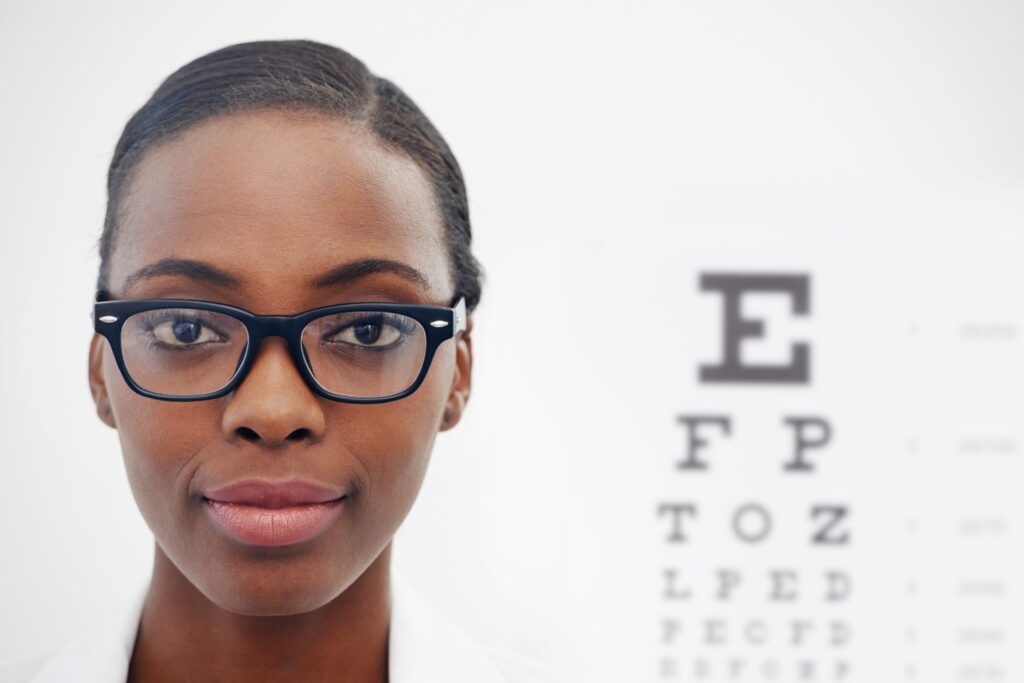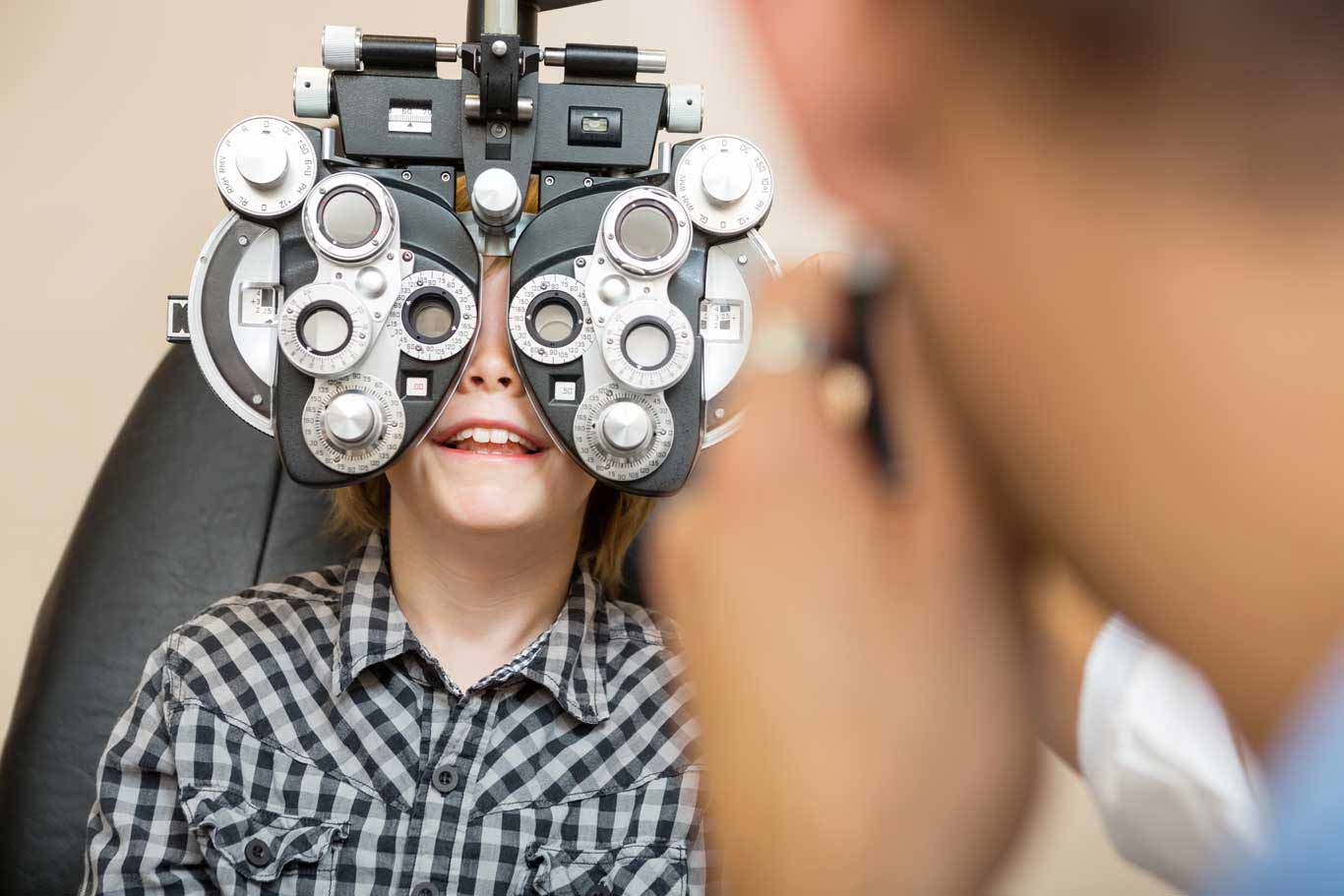Very Affordable and Caring Optometrist Riverside for All Ages
Very Affordable and Caring Optometrist Riverside for All Ages
Blog Article
The Comprehensive Eye Exam: What to Expect During Your Visit to the Eye Doctor
A see to the eye physician for a detailed eye exam is greater than a regular exam; it is an essential step in protecting your visual health and wellness. From the first discussion of your medical background to the accuracy of the visual acuity examination, each part of the test offers a certain function. But what specifically occurs during the eye health and wellness evaluation, and exactly how does it affect the prescription procedure? Recognizing these elements is important for those that wish to preserve ideal eyesight. As we check out each element, the value of follow-up suggestions will also become clear.
First Examination
The first consultation throughout an eye exam functions as a vital foundation for comprehending a patient's visual health and wellness demands. This phase sets the tone for the entire exam process, permitting the optometrist to collect necessary details concerning the individual's medical history, way of life, and particular vision problems. By meticulously examining any kind of pre-existing problems, medicines, or previous surgical treatments, the eye care professional can customize the evaluation to deal with specific requirements successfully.

In addition, the first examination is an opportunity for patients to voice any kind of concerns or concerns, fostering a collaborative relationship with their health care company. This communication not only ensures that the person feels informed and comfortable yet also encourages them to take part actively in their eye wellness management. Jointly, these conversations allow the optometrist to design a personalized exam strategy, making certain optimum treatment and exact medical diagnosis.
Visual Acuity Test
Starting the core elements of an eye evaluation, the visual skill examination is designed to examine the sharpness and clearness of a client's vision. This vital analysis assists determine just how well an individual can determine letters or icons at a standardized distance, generally making use of a Snellen graph (Opticore Optometry). The graph makes up rows of letters that decrease in dimension from top to base, with the client positioned at a customary range of 20 feet
Throughout the examination, the person is asked to cover one eye and review aloud the smallest line of letters they can see clearly. This process is duplicated for the other eye. The outcomes are videotaped as a fraction, with 20/20 vision indicating normal aesthetic skill-- where the person can see at 20 feet what an individual with normal vision can see at that distance.
The aesthetic skill test also recognizes potential refractive mistakes such as astigmatism, hyperopia, or nearsightedness, which could demand restorative lenses. By establishing a standard of aesthetic efficiency, the test is an indispensable diagnostic tool that assists the eye treatment specialist in creating an ideal treatment plan tailored to the individual's distinct visual demands.
Eye Wellness Analysis
Complying with the visual acuity test, a comprehensive eye health analysis is conducted to guarantee the overall wellness of the eyes. This important segment of the eye exam entails a thorough analysis of both the exterior and interior frameworks of the eye. The ophthalmologist or eye doctor starts by analyzing the eyelids, cornea, conjunctiva, and sclera for any indicators of infection, swelling, or abnormalities. Making use of customized devices like a slit lamp, the professional acquires a magnified sight of the eye's anatomy, making it possible for in-depth evaluation.
Following, attention shifts to the inner structures. With the use of ophthalmoscopy or fundus photography, the retina, optic nerve, and blood vessels are thoroughly evaluated. This step is essential for recognizing problems such as retinal detachment, glaucoma, or diabetic retinopathy. In numerous cases, student dilation is performed to improve exposure of the internal eye structures, although this might result in temporary light level of sensitivity for the patient.
In addition, intraocular stress is measured to evaluate for glaucoma danger. This is typically done making use of tonometry, which can discover raised pressure degrees that may suggest prospective damages to the optic nerve. Collectively, these analyses create a comprehensive evaluation to maintain ocular health and wellness.
Refraction and Prescription
How does one make certain optimum vision? A crucial action lies in the process of refraction and obtaining an accurate prescription. Refraction is you can try this out an advanced procedure carried out by eye care professionals to determine the specific lens power needed to fix refractive mistakes such as nearsightedness, hyperopia, presbyopia, and astigmatism. The goal of this procedure is to evaluate just how light bends as it travels through the eye, allowing the specialist to figure out whether corrective lenses are required for enhanced aesthetic skill.
Throughout the refraction process, the patient is asked to check out a phoropter, a device that contains numerous lenses. The expert will methodically transform these lenses and ask the individual to compare clarity between options until the most effective feasible vision is achieved. This treatment is essential in crafting a precise prescription that specifies the proper lens power for spectacles or call lenses.
The prescription stemmed from this procedure not just enhances vision yet also functions as a foundation for choosing appropriate corrective eyeglasses. It is important to ensure that prescriptions are routinely upgraded, as adjustments in vision can occur in time, stressing the value of routine eye assessments. This precise attention to Home Page information assists keep clear, comfortable vision in day-to-day life.
Follow-Up Suggestions

Throughout a follow-up browse through, the eye physician will certainly carry out a series of examinations to review aesthetic acuity and look for any kind of modifications in vision that may necessitate an upgrade to the prescription. Additionally, the follow-up supplies a possibility to review any pain or concerns experienced with current glasses. Adjustments can be made to ensure comfort and effectiveness, whether with lens alteration or structure modifications.
For individuals with continuous problems such as glaucoma, diabetes-related eye problems, or macular degeneration, more frequent follow-ups might be essential. These visits are essential for taking care of and potentially reducing the development of eye disease. Adhering to these referrals can substantially add to maintaining aesthetic wellness and avoiding lasting difficulties.
Conclusion
The extensive eye test is a necessary process for preserving aesthetic health and wellness, including an in-depth assessment of medical background and vision issues. Trick elements include the visual acuity test, which assesses vision clearness, and the eye health analysis, which takes a look at the general problem of the eyes.
A see to the eye medical professional for a comprehensive eye exam is even more than a routine check-up; it is a critical step in securing your visual health and wellness.Kicking off the core components of an eye assessment, the aesthetic acuity test is made to examine the intensity and clearness of an individual's vision.Following the aesthetic acuity test, Discover More Here a detailed eye wellness evaluation is conducted to guarantee the total health of the eyes. These gos to permit the eye care professional to keep an eye on adjustments in vision, update prescriptions, and assess the overall health and wellness of the eyes. Secret elements consist of the aesthetic acuity examination, which assesses vision clearness, and the eye health and wellness assessment, which analyzes the general problem of the eyes.
Report this page